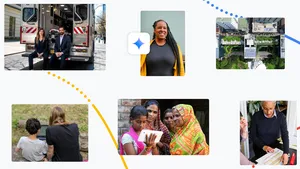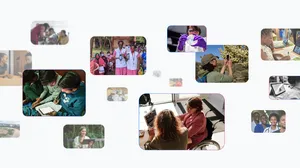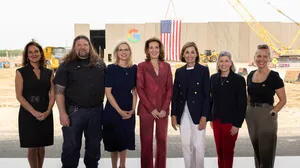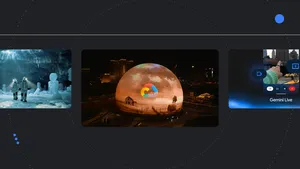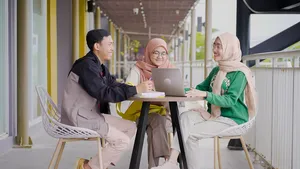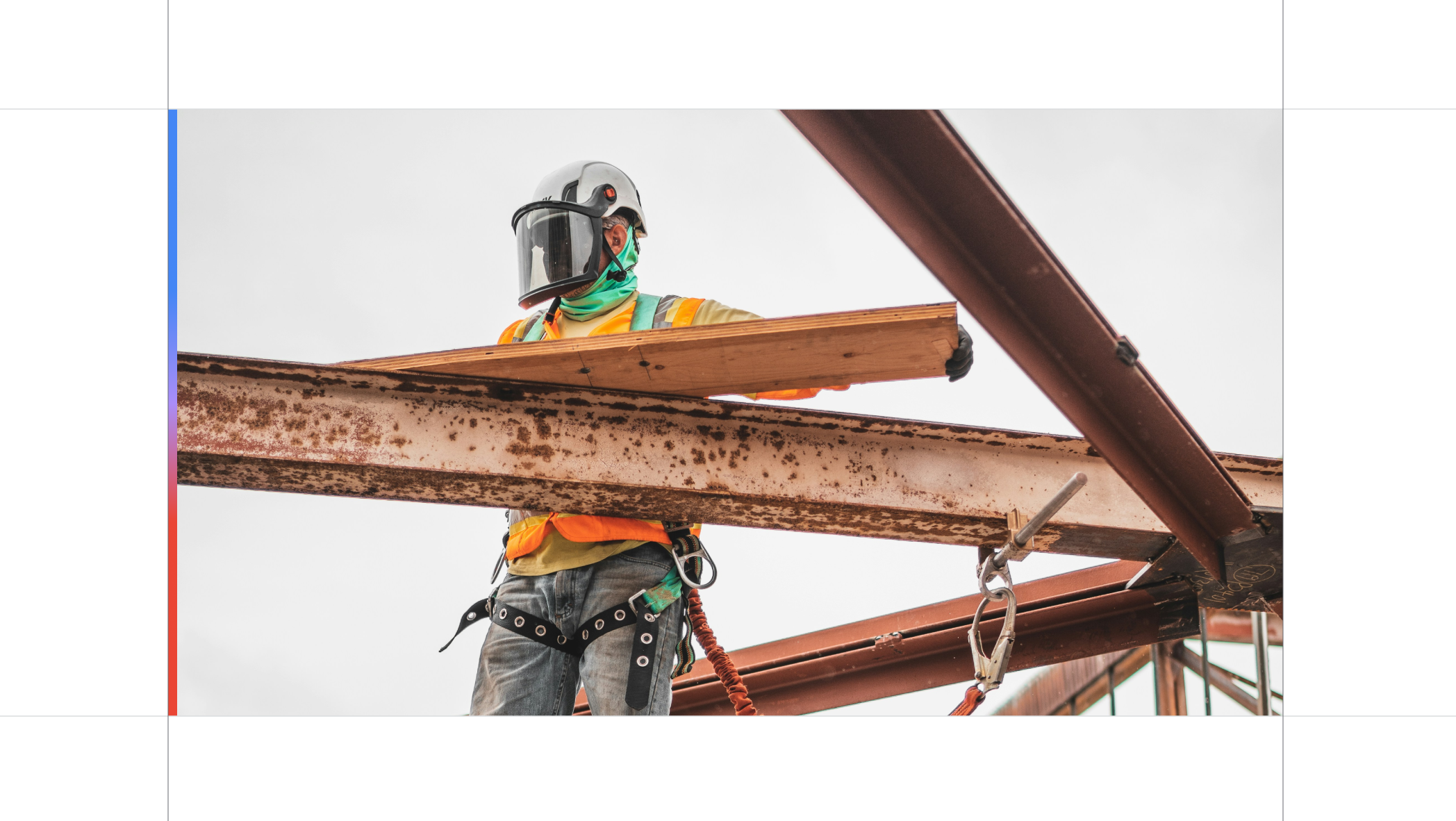Go inside our Be Internet Awesome issue of Highlights

For over 75 years, kids have flipped through Highlights magazine to find colorful pages filled with stories, puzzles and activities that help them build skills to become their best selves. Many of the lessons since its earliest issues are still relevant to kids today, but one thing that’s changed is access to the internet. Today’s children search the web once they can say, “Hey Google.” As they grow up with technology at their fingertips, kids need to be prepared to make smart decisions on the internet.
That’s why, for Safer Internet Day this year, Google.org announced a $20 million commitment to support work that promotes digital wellbeing, mental health and online safety for kids of all ages. As part of this effort, we teamed up with Highlights to create a special edition of the magazine based on Google’s Be Internet Awesome curriculum. Designed for ages six to 12, it shows kids how to spot scams online, create strong passwords, take breaks from their tablets and more.
“Be Internet Awesome was created to help families learn about staying safe online in a way that’s fun and educational for kids,” says Mindy Brooks, who works on kids and family experiences across Google products. “We’re so excited about this special edition of Highlights and hope that by reimagining the curriculum, we’ll reach even more families and help them feel confident as they navigate the digital world.”
Highlights’ special Be Internet Awesome issue.
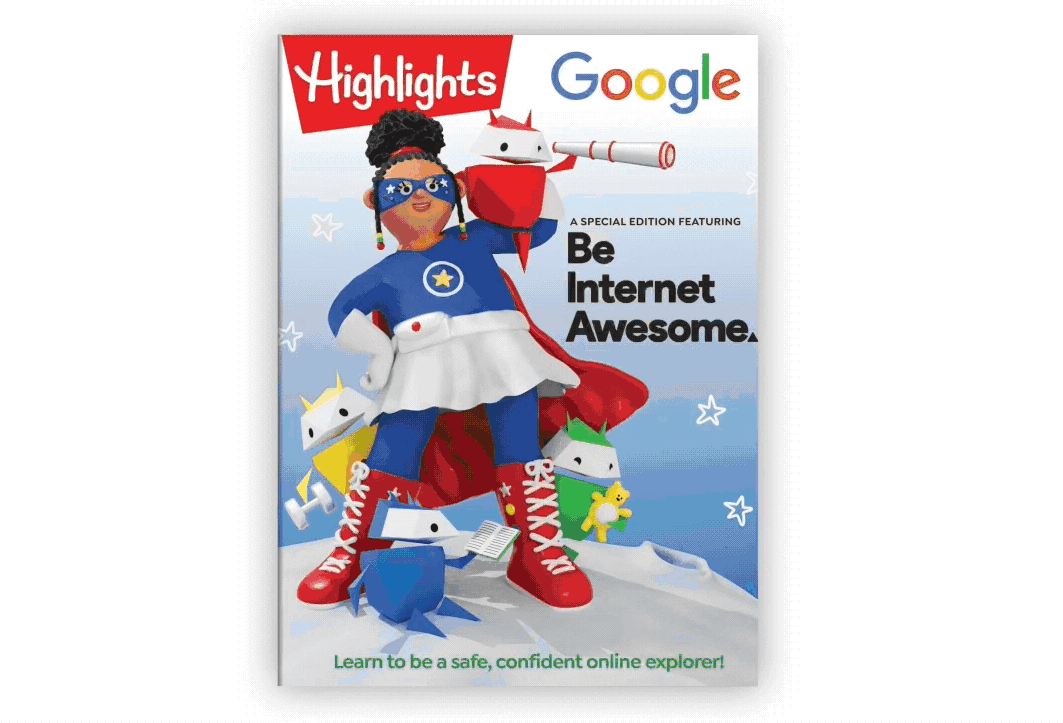
The print magazine will reach more than one million of Highlights’ subscribers, and we’re providing 250,000 copies to schools and organizations that serve lower-income communities, including Save the Children, Boys and Girls Club of America and Reading is Fundamental. Plus, kids can access a free digital version of the magazine and supplementary materials online.
To learn more about what it was like to create this special issue, we recently sat down with Highlights editors Joelle Dujardin and Marlo Scrimizzi.
When kids open an issue of Highlights, what can they expect to find?
Marlo: They’ll find puzzles, fiction and nonfiction stories, and activities, like a craft and a recipe. “Hidden Pictures” has been published in the magazine since its inception, and we include a number of other types of puzzles to motivate kids to learn while solving problems. We also have a few recurring characters, like Goofus and Gallant, who have been in Highlights for decades and present the wrong and the right way to behave, respectively. In this special issue, we focused on Be Internet Awesome’s five pillars, which encourage kids to be smart, alert, strong, kind and brave.
Joelle: Kids enjoy seeing other kids, so we always try to include their voices, like in our section where real kids write to us asking for advice. A cool fact about Highlights is that we respond to every single letter that we get from kids — whether it gets published in the magazine or not. We also have a regular series called “Ask Arizona.” Arizona is a fictional character, and the premise is that she’s answering other kids’ questions by telling a story from her own life. She resonates with our readers because kids can see themselves through her stories. For example, the Be Internet Awesome issue’s “Ask Arizona” story is about having too much screen time. Kindness is also a theme throughout, including in stories about how real kids have used technology to invent things that help others.
Goofus shows the wrong thing to do (left) while Gallant models the right thing to do (right).

What was most challenging about crafting content for kids focused on the internet?
Marlo: It’s easy to point out what’s dangerous about using the internet, and we had to find the right balance to make sure kids don’t think of the internet as a scary place. We want them to know it’s really useful, and you can learn information about anything you’re interested in while also giving them the tools to use it safely.
Joelle: Plus, our audience has such a varied level of experience, understanding and freedom with the internet. We had to distill the information so that it would be meaningful for all kids. That’s a daunting task because we don’t want to alienate those who don’t have much online access while also knowing that many kids already have a lot of knowledge about the internet. We couldn’t assume an experience level, but many kids now use tablets or laptops in school, so we focused on giving them tools that would be genuinely useful to everyone.
In this puzzle, kids can learn to discern between what’s real and what’s fake online.

Did working on this help you pick up any better internet safety habits?
Joelle: It reminded me how important it is to look for clues as to whether a website is legitimate or not, and I’ve been more aware about checking that a website is secure since working on this.
Marlo: Same here. It also reminded me that it’s on the user to go into your profile settings to check, and potentially change, how my data is being used. I now actually go in and choose the settings I want, and I don’t just automatically accept those cookie consent messages!
Why is it important for kids to learn about internet safety from a young age?
Joelle: The internet is already part of their lives, and the more tools we can give them to navigate it confidently, the more successfully they’ll use it and the better choices they’ll make. Plus, if we can help kids also spread kindness on the internet, I truly believe we’ll help make the world a better place.
